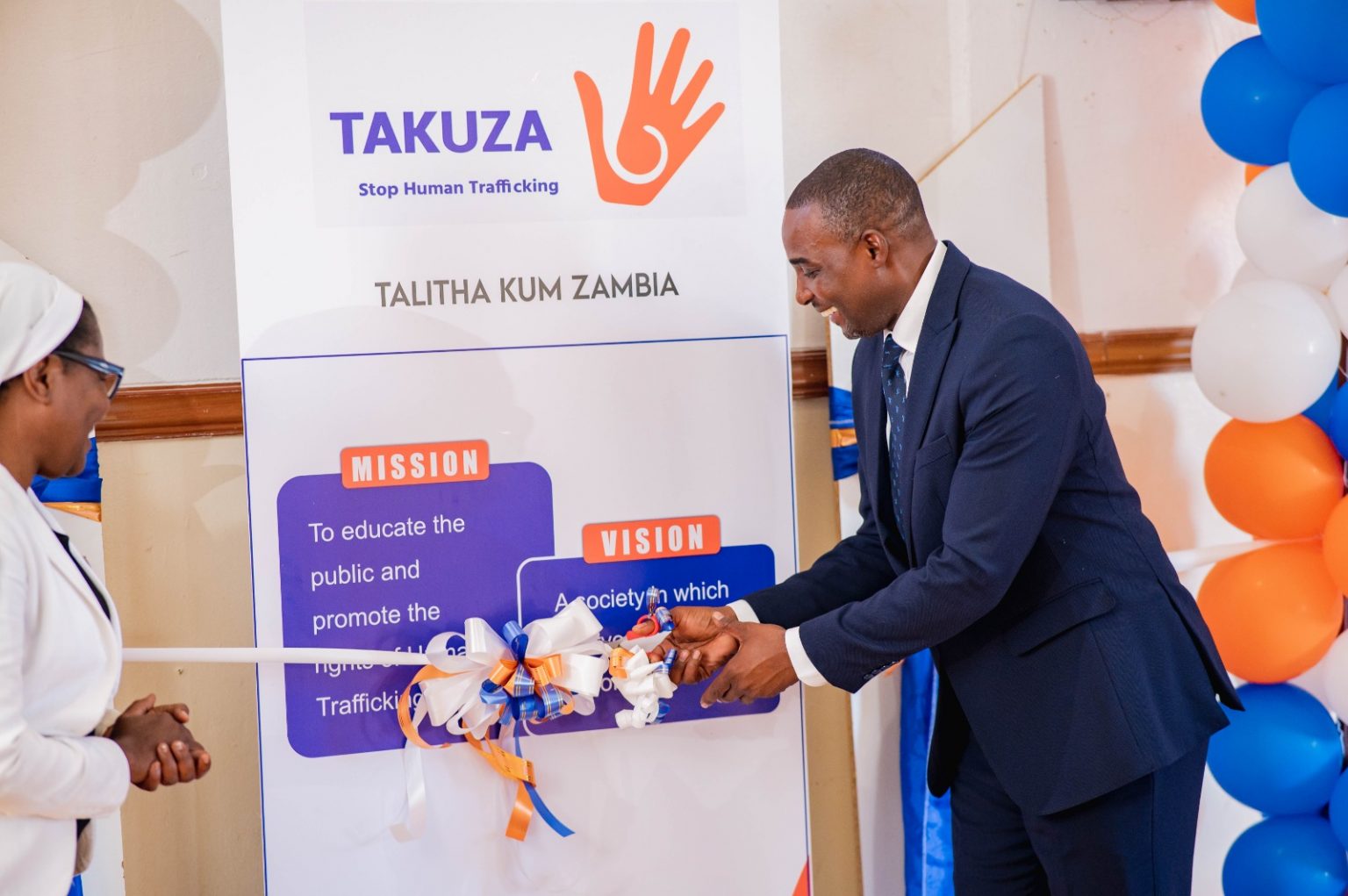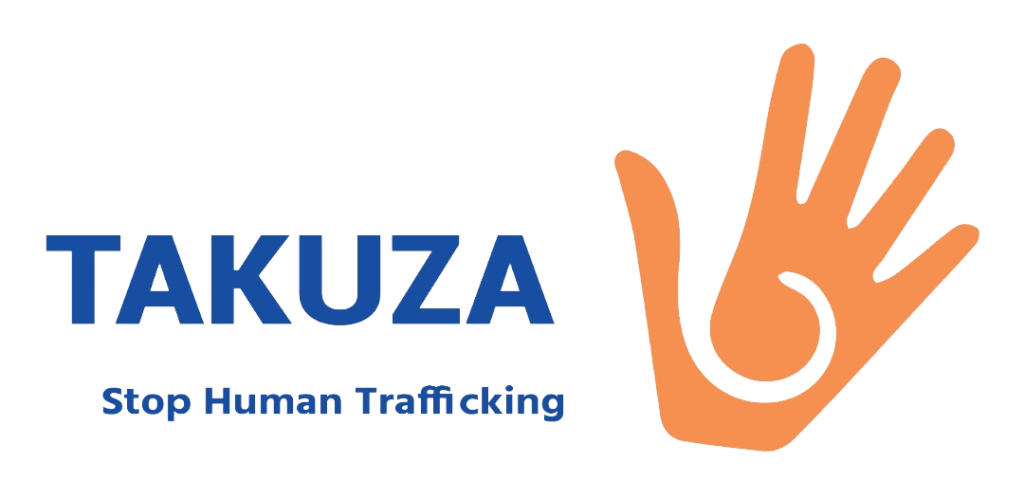What is Human Trafficking?
our history
Talitha Kum is the International Network of Consecrated Life Against Human Trafficking. Formally established in 2009 with the International Union of Superiors General (UISG) as an international initiative against human trafficking and exploitation, Talitha Kum promotes collaboration among networks organized at national, regional and continental level, actively supporting victims, survivors and people at risk.
read more about our history
While each Talitha Kum network retains its unique identity and operates within its own country or region, the International Coordination at UISG supports capacity development and training of networks and members, and facilitates the sharing of information, resources and experiences.
As an umbrella network of Sisters-led networks, Talitha Kum is grounded in the long, rich tradition of Catholic women, inspired by the life-giving ministry of Christ, who are committed to community work and collaboration, following the example of the Triune God. The strength of the Talitha Kum network lies in its bottom-up, grassroots engagement and in its person- and community-centered approach, which ensures proximity to victims and survivors of trafficking, their families, and those at risk of exploitation.
In the year 2021 three sisters took part in the Talitha Kum Formation of TK leaders March 2020-2021. With insights from the course and with support from the Talitha- Kum, Rome, the leaders saw the formation of the Network as the best approach to address the issue of Human Trafficking. Sr. Kayula Lesa (Religious Sisters of Charity), Sr. Mutinta Simaanza, Religious Sisters of the Holy Spirit) and Sr. Veronica Ramotse, (Sisters of Mary Conceived Immaculate) began inviting Congregations to this important Network. This invitation is saw the official launch of the network Talitha Kum Zambia (TAKUZA).

definition of human trafficking
Human Trafficking is to recruit, transport, transfer, habour, receive or obtain a person, withing or across the territorial boundaries of Zambia, by means of the threat or use of force or other forms of coercion, abduction, fraud, deception, abuse of power or of a position of vulnerability or of the giving or receiving of payments or benefits to achieve the consent of a person having control over another person, for the purpose of exploitation. (Cite the Anti-Human Trafficking Act No. 16 2022)

Forms of Human Trafficking
Domestic servitude involves individuals, often women and children, being forced to work in private households. They are typically coerced into working long hours with little or no pay, restricted freedom and subjected to physical, emotional or sexual abuse.
Sexual exploitation is the coercion or manipulation of individuals into engaging in sex acts against their will. This often includes prostitution, pornography and other forms of commercial sexual activity
Trafficking for organ removal involves the illegal trade of human organs. Victims are often deceived or coerced into giving up their organs, or they may be killed for their organs, which are then sold on the black market.
This form of trafficking involves using individuals, often children or young adults, to transport drugs. These individuals may be coerced or manipulated into carrying drugs across borders or within a country.
Forced labour involves coercing individuals into working under threat, often in inhumane conditions. In agricultural and mining industries, workers are subjected to extreme exploitation, with little regard for their safety or well-being.
Forced marriage occurs when individuals are coerced into marriage against their will, often involving threats, deception, or physical force. It is a form of slavery, with victims losing independence over their lives and bodies.
Forced begging involves compelling individuals, often children, to beg for money or goods in public places. The money collected is usually handed over to the traffickers, while the victims receive little to no benefit.
Signs of Potential Human Trafficking Cases
by learning to recognize the warning signs, we can all help protect ourselves and report suspicious activity.
1
Accompanied by a Controlling Person
The individual is constantly accompanied by someone who appears to be in control of their movements or interactions. This person may answer questions on their behalf or prevent them from speaking
2
unable to speak freely
The individual seems unusually anxious, afraid or hesitant to share information. They may avoid eye contact.
3
shares a scripted or inconsisted story
When asked about their circumstances, the individual may give a rehearsed or inconsistent explanation, often with gaps or contradictions in their story.
4
shows signs of physical abuse
Visible injuries such as bruises, burns, scars or signs of restraint may be present. These wounds may be in various stages of healing, suggesting repeated abuse.
5
not in possesion of personal items
The individual may lack access to their own money, identification, passport or personal belongings. These are often held by someone else to control them.
6
disoriented or unaware of their surroundings
Victims may not know their current location, the date or even the time. This disorientation is often a result of being frequently moved or kept isolated.
7
signs of neglect or poor health
They may appear malnourished, exhausted or have untreated medical issues. Their clothing might be inappropriate for the weather or look worn and dirty.

